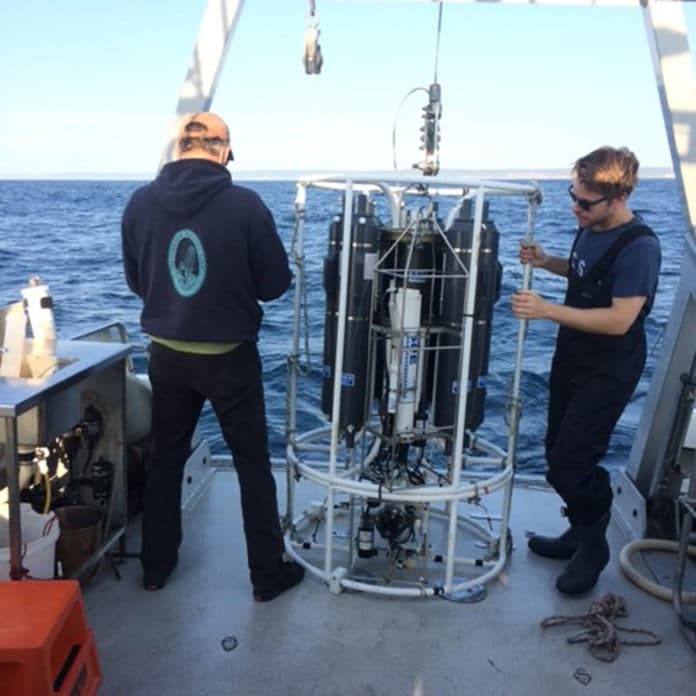Marine microbes govern oceanic biogeochemistry through various cycles, including the vertical export and sequestration of carbon. Ultimately, they contribute to the global climate.
The biological pump is a central process in the marine carbon cycle whereby organic particles are exported from the surface to the deep ocean. While the contribution of phytoplankton to the carbon pump is well established, the roles of other microbes are far less understood and rarely quantified.
This is especially true for mixotrophic protists, which can simultaneously photosynthesize and consume other organisms.
Scientists at the University of Technology Sydney (UTS) have discovered a new species that has the potential to sequester carbon naturally, even as oceans warm and become more acidic. This newly discovered single-celled marine microbe can photosynthesize and hunt and eat. According to scientists, it may be a secret weapon in the battle against climate change.
Marine biologist Dr. Michaela Larsson said, “While the contribution of phytoplankton to the carbon pump is well established, the roles of other microbes are far less understood and rarely quantified. She says this is especially true for mixotrophic protists, which can simultaneously photosynthesize and consume other organisms.”
“Most terrestrial plants use nutrients from the soil to grow, but some, like the Venus flytrap, gain additional nutrients by catching and consuming insects. Similarly, marine microbes that photosynthesize, known as phytoplankton, use nutrients dissolved in the surrounding seawater to grow.”
“However, our study organism, Prorocentrum cf. balticum, is a mixotroph, so is also able to eat other microbes for a concentrated hit of nutrients, like taking a multivitamin. Having the capacity to acquire nutrients in different ways means this microbe can occupy parts of the ocean devoid of dissolved nutrients and therefore unsuitable for most phytoplankton.”
This species, isolated from waters offshore from Sydney, can sink 0.02-0.15 gigatons of carbon annually.
Professor Martina Doblin, a senior author of the study, said, “The findings have global significance for how we see the ocean balancing carbon dioxide in the atmosphere.”
“This is an entirely new species, never before described in this amount of detail. The implication is that there’s potentially more carbon sinking in the ocean than we currently think and that there is perhaps greater potential for the ocean to capture more carbon naturally through this process, in places that weren’t thought to be potential carbon sequestration locations.”
“An intriguing question is whether this process could form part of a nature-based solution to enhance carbon capture in the ocean.”
“The natural production of extra-cellular carbon-rich polymers by ocean microbes under nutrient-deficient conditions, which we’ll see under global warming, suggest these microbes could help maintain the biological carbon pump in the future ocean.”
“The next step before assessing the feasibility of large-scale cultivation is to gauge the proportion of the carbon-rich exopolymers resistant to bacteria breakdown and determine the sinking velocity of discarded mucospheres.”
“This could be a game-changer in the way we think about carbon and the way it moves in the marine environment.”
Journal Reference:
- Larsson, M.E., Bramucci, A.R., Collins, S., et al. Mucospheres produced by a mixotrophic protist impact ocean carbon cycling. Nat Commun 13, 1301 (2022). DOI: 10.1038/s41467-022-28867-8
